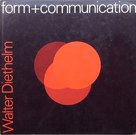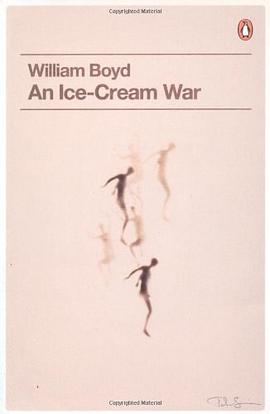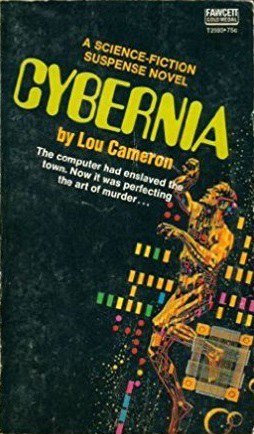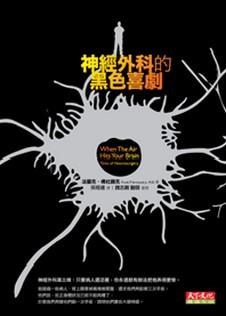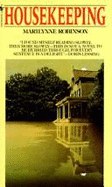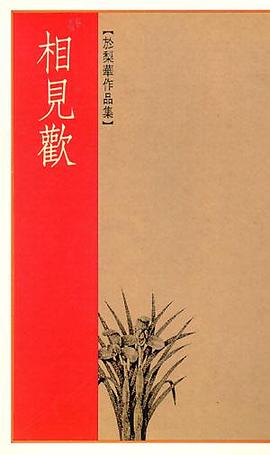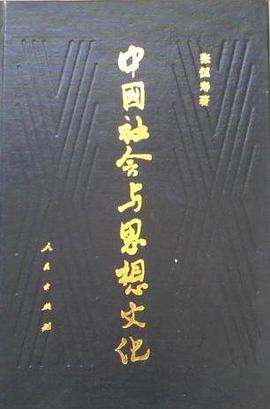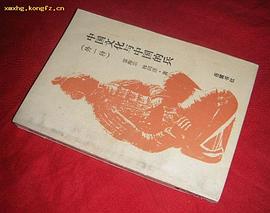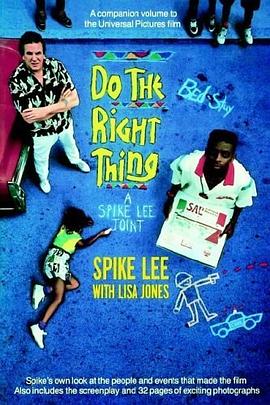1. Introduction
* The starting point
1. Stories with point
2. Experiments with lines
3. From the lines to the surface
4. Repetition and turning
5. New picture effects within a series
6. Experiments with arcs
7. Examples from pratice
8. Regular shapes: circle, oval, square, hexagon
9. The sign in posters
10. Free lines and shapes: visualized symbolism
11. Aesthetic signalisation, signs
12. Development of signalisation for a firm: Renault Works
13. World Ski Chamionships St. Moritz 1974
* Sign systems and system signs
1. “Quadradius”, the alphabet of a graphic language
2. “Square Variables”, Graphic representation of a positive-negative complex
3. Example for a linear matrix
4. “Combino” cube system
5. Visual experiments with tiles
6. System signs, two examples from pratice
7. Rudiments of writing, rock pictures, red indian, African and Eskimo signs
8. Writing from all over the world
9. “Semantography”, Charles K. Bliss, Australia
10. identification of sign of a publisher’ series
11. Counting on fingers
12. Combination of letters and numeral
13. From verbal symbol to icon
14. Semantic double effect, sign alphabet from A to Z
15. Sign for Arosa
16. Saul Steinberg visualizes a slogan
17. Three letters for the London Electricity Board
18. Monograms
19. Development of the Olivetti logotype
20. Logotypes
* Overcoming the sign babel
1. Without words
2. Orientation signs in a school
3. Basic informative signs for public buildings
4. Pictographs in a museum
5. Signs for tourism
6. Orientation in a shopping-centre
7. Airport pictographs (Japan)
8. PTT departments, Switzerland
9. Signalisation of groups of products, example: Krupp
10. Eye-catching and indication signs
11. Sign system for a sound apparatus
12. Touristic sign system
13. Orientation aids for a hotel
14. Signs for classicification
15. Picture + sign = statement, poster
16. Hobo signs, the sign language of tramps
17. identity symbol for printed matter
18. Uniform badges of the Swiss Army
19. “Insight”, a new game with symbols
* Advances in new dimensions
1. Illusions of movement
2. Optical games with circles and hexagons
3. Rotation, radiation, stars
4. Motifs of development
5. Dynamics of arrowd
6. Film studies, experiments with signs & letters
7. Gestures as a means of communication
8. Sign of the Japanese Broadcasting Corporation NHK
9. Colour television, CBC Radio, Canada
10. Computer graphic design and computer film variations in form
11. Examples from Contraves, IBM, Siemens
12. Stamps as securities
13. “Olympiade” a film from the Bell Laboratories
14. Sections from computer-produced graphic designs and films
· · · · · · (
收起)
